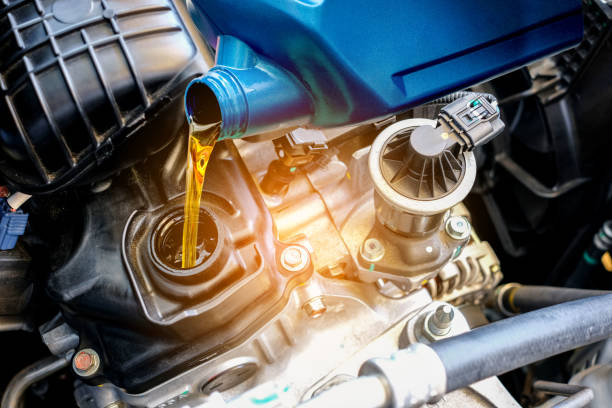0,00 €
WHAT IS THE DIFFERENCE BETWEEN SUMMER AND WINTER TYRES?
Thanks to the mild climate in the UK, the majority of drivers have never had to familiarize themselves with season-specific tires. However, in many parts of Europe, such as Germany, Sweden and Finland, switching between summer and winter tires is required by law.
What exactly is the difference between winter and summer tyres?
As their names suggest, summer tyres are designed specifically to provide improved handling and traction in hot, dry weather conditions, whereas winter tyres increase grip in wet and snowy conditions. There are two key differences that make this possible: the difference in tread patterns and the rubber compounds used.
Rubber compound
The issue with rubber and other materials is that very low temperatures can cause them to harden, and the harder it becomes, the more likely it is to split. On the other hand, if it is exposed to extreme heat, the material can become too soft and weak. Seasonal tyres address both circumstances.
Summer tyres use a harder rubber compound which allows them to resist hotter temperatures while remaining adaptable to wet and dry conditions. For freezing temperatures, winter tyres use a soft rubber compound that allows the tyres to remain flexible and maintain contact with the road. These characteristics also make them unsafe to use in opposing weather conditions (i.e. summer tyres in snowy conditions).
Tyre tread pattern
Winter tyres are designed with a deeper tread, featuring a large number of small grooves (sipes) for dispersing snow, ice and water to prevent aquaplaning. The tread is therefore more able to bite into snow and ice to increase traction and decrease braking distances.
Summer treads aren’t as deep and appear more streamlined. They also have fewer sipes and lower profiles than their winter counterparts.
If you still aren’t sure whether these seasonal products are for you, we recommend that you compare offers for cheap car tyres online.
Winter tyres vs summer tyres: comparison table
|
Summer tyres |
Winter tyres |
|
|
Temperature range |
Above +7°C |
Below +7°C |
|
Pros |
+ Improved handling & braking in hot and mild road conditions + More fuel efficient due to less friction + Speed ratings of up to 186 mph |
+ Guaranteed reduction in braking distances when you buy winter tyres + Unbeatable grip in snow and ice (compared to all-season and summer) + Improved cornering |
|
Cons |
– Don’t provide flexibility and grip in cold conditions |
– Unsuitable for warmer weather – Slightly more expensive than other types |
Is it illegal to mix winter and summer tyres?
Under no circumstances should you mix the two types of tyres. First of all, you’ll have uneven grip across both axles and one type will be weaker than the other depending on the season. Doing so could invalidate your car insurance if you get into an accident.
Check out the local and manufacturer’s guidelines to find out which winter and summer tyres to use for your car.
Posts Widget
Auto Spare Parts
Autospares.store is a reputable online store for car parts with vast experience serving thousands of satisfied customers. We provide exceptional services that deliver excellent value for money.










